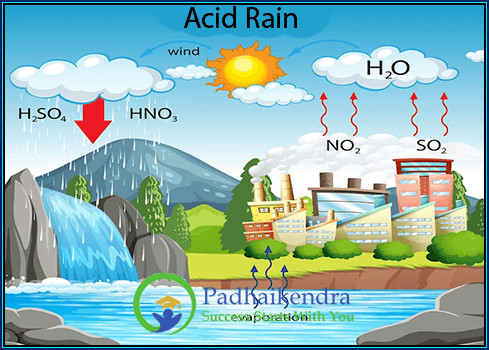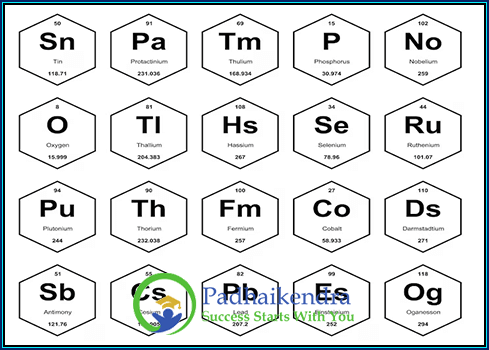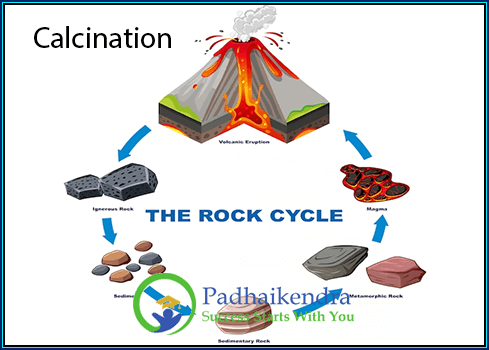Minerals have various physical characteristics that help identify and distinguish them from other minerals. Here are some of the most important physical characteristics of minerals:
 Color: The color of a mineral can be one of the easiest ways to identify it, but it’s not always reliable as some minerals can occur in different colors.
Color: The color of a mineral can be one of the easiest ways to identify it, but it’s not always reliable as some minerals can occur in different colors.- Streak: The streak of a mineral refers to the color of its powder when it is scraped across a rough surface. This can be a more reliable way to identify a mineral than color alone.
- Hardness: The hardness of a mineral refers to its resistance to being scratched. This can be determined using the Mohs scale, which ranges from 1 (softest) to 10 (hardest). For example, talc has a hardness of 1, while diamond has a hardness of 10.
- Cleavage and fracture: Minerals can break in a variety of ways. Cleavage refers to the tendency of a mineral to break along certain flat surfaces, while fracture refers to the way a mineral breaks when it does not break along cleavage planes.
- Luster: The luster of a mineral refers to the way it reflects light. Minerals can have a metallic or non-metallic luster, and this can help identify them.
- Specific gravity: The specific gravity of a mineral refers to its density compared to the density of water. This can be measured using a variety of methods and can help distinguish between minerals with similar properties.
- Crystal form: Many minerals have a characteristic crystal form or shape that can help identify them. Some common crystal forms include cubes, hexagons, and prisms.
By considering these physical characteristics, geologists and mineralogists can identify and classify minerals and learn more about their properties and origins.
Physical Characteristics of Minerals FAQs
Minerals are naturally occurring inorganic substances with a definite chemical composition and a crystalline structure. They are the building blocks of rocks and have a wide range of physical and chemical characteristics.
Minerals exhibit various physical properties, including color, luster, hardness, cleavage, fracture, crystal form, and specific gravity. These characteristics can help in identifying and classifying different minerals.
The color of a mineral is determined by the way it reflects or absorbs light. However, it is important to note that the color alone is not always a reliable indicator for mineral identification, as some minerals can occur in different colors.
Luster refers to the way light interacts with the surface of a mineral. It can be classified as metallic or non-metallic. Metallic minerals have a shiny, reflective appearance, while non-metallic minerals can have various luster types, such as vitreous, pearly, greasy, or dull.
Mineral hardness is measured using the Mohs scale, which assigns a value from 1 to 10 based on the ability of a mineral to scratch another mineral. For example, talc has a hardness of 1, while diamond has a hardness of 10.
Cleavage refers to the tendency of minerals to break along planes of weakness due to their internal atomic structure. Minerals with good cleavage break into smooth, flat surfaces, while those with poor cleavage exhibit irregular or rough fracture surfaces.
Cleavage and fracture are both ways in which minerals break, but they differ in the nature of the break. Cleavage is the splitting of a mineral along distinct planes, resulting in smooth, flat surfaces. Fracture, on the other hand, is the breaking of a mineral in a random or irregular manner, resulting in rough or jagged surfaces.
Yes, minerals can exhibit different crystal forms or shapes based on their internal atomic arrangement. Common crystal forms include cubes, prisms, pyramids, and tabular shapes. These forms can provide valuable clues for mineral identification.

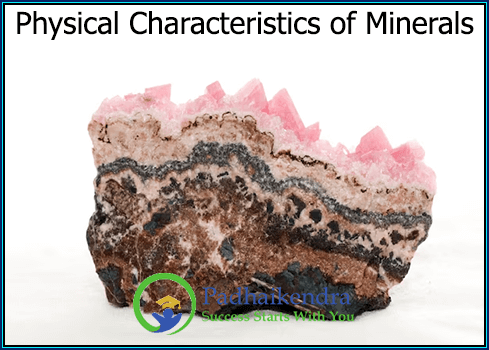
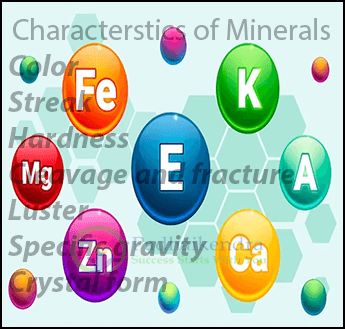 Color: The color of a mineral can be one of the easiest ways to identify it, but it’s not always reliable as some minerals can occur in different colors.
Color: The color of a mineral can be one of the easiest ways to identify it, but it’s not always reliable as some minerals can occur in different colors.